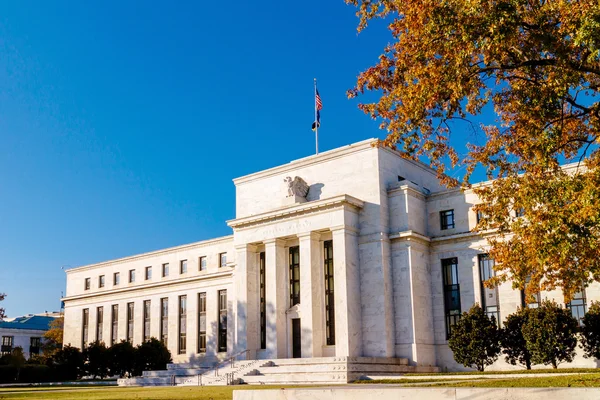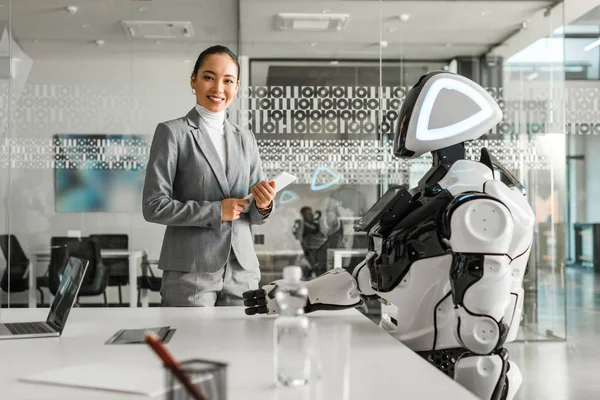
The latest rate cut from the Federal Reserve came with a starker warning from Chairman Jerome Powell than usual: “Job creation is pretty close to zero.” His comments underscore a growing reality in corporate America AI adoption is accelerating, and it’s not just changing workflows it’s changing the calculus for hiring altogether.

1. AI: Catalyst for Layoffs and Hiring Freezes
Powell noted, “A significant number of companies in recent weeks have announced layoffs or hiring pauses and specifically identified AI as the reason.” Amazon said it was laying off 14,000 middle managers-about 4% of its white-collar workforce-as it was removing some “organizational layers” due to heavy investment in AI. Other major employers such as Target and Paramount followed suit. So far this year, U.S. employers have announced nearly 946,000 layoffs, according to Challenger, Gray & Christmas, with more than 17,000 directly because of AI and another 20,000 because of automation.

2. The Fed’s Policy Dilemma
The AI-driven productivity gains further complicate monetary policy. “We have upside risks to inflation, downside risks to employment. This is a very difficult thing for a central bank,” Powell said. While GDP is still positive, the labor market is softening and the Fed must balance its desire for lower rates to support jobs against the risk of stoking inflation.

3. The Rise of the “Great Freeze”
Economists have termed the new low-hire, low-fire environment the “Great Freeze.” With labor hoarding now the norm, companies are holding onto existing staff while slowing recruitment. The result: job security for some-but limited career mobility and wage growth. “Employees are going to be stuck in their role without growing and adding new skills,” warned Nicole Bachaud, labor economist at ZipRecruiter.

4. Skepticism Over AI’s True Impact
Not everyone views AI as the leading cause of layoffs. Martha Gimbel at Yale’s Budget Lab suggests taking the company announcements with a grain of salt many layoffs reflect normal economic cycles or pandemic-era overhiring. Fabian Stephany at Oxford described some announcements as “scapegoating” AI to justify downsizing. According to a Boston Consulting Group and Deloitte survey, 60% of firms report minimal revenue or cost gains from AI despite substantial investment.

5. Vulnerable Sections of the Labor Force
AI adoption falls heaviest on particular groups unemployment for recent college graduates tops 5% as many entry-level office jobs get automated. Many huddle for shelter in graduate programs-with applications to law school rising 33% year over year and MBA enrollments jumping 7% in 2025. Already, junior lawyers and business analysts begin adjusting to the new work shaped by AI tools.

6. The K-Shaped Economy Intensifies
Powell described a “bifurcated economy” where higher-income households are enjoying AI-fueled growth and strong markets, but lower-income consumers are pulling back. The wealthiest 10% of US households now account for nearly half of all consumer spending, according to Moody’s Analytics. Luxury travel bookings are up 38% year-over-year, while budget retailers like Aldi and Dollar General see traffic from middle-income shoppers trading down.

7. Risks of Narrow Growth
Spending on AI is booming, rivaling consumer spending as a driver of growth. Harvard economist Jason Furman estimates that over 90% of demand growth in the first half of this year came from just two categories in GDP information processing equipment and software. If high-income spending slows, or the returns to AI disappoint, the narrow base the economy is riding may falter.

8. Historical Parallels and Adaptation
Concerns about technology taking jobs from laborers are nothing new. Stephany pointed out that many people also feared computers and the internet would lead to the same thing. Those innovations wound up creating whole new industries and jobs. Experts advise upskilling within one’s current job, adding in AI literacy and complementary skills necessary to remain competitive. “It allowed for the emergence of wholly new jobs,” Stephany said, citing the examples of social media influencers and application developers.

Powell’s warning is clear AI is taking hold of the job market faster than many thought, and the lopsided benefits deepen the economic divides. Policymakers will need to navigate this transformation without sacrificing either price or employment stability. Workers, meanwhile, have the imperative to adapt-because the “Great Freeze” could be here to stay.


